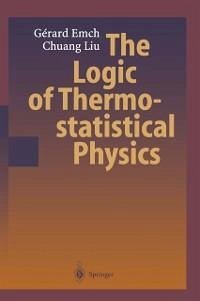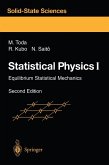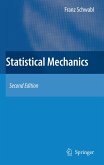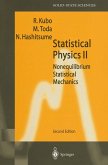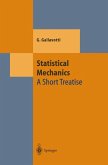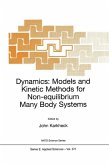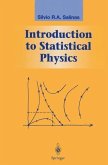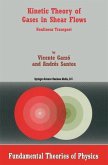Dieser Download kann aus rechtlichen Gründen nur mit Rechnungsadresse in A, B, BG, CY, CZ, D, DK, EW, E, FIN, F, GR, HR, H, IRL, I, LT, L, LR, M, NL, PL, P, R, S, SLO, SK ausgeliefert werden.
"Gibbs introduced one century ago an axiomatic approach to statistical mechanics. The a posteriori remarkable success of the Gibbsian formalism is, however, even today in sharp contrast to our lack of understanding of its mechanical foundation. The book The Logic of Thermostatiscal Physics puts into perspective this contrast for classical mechanical systems and for their quantum mechanical counterparts. [...] The book deals with many aspects of not only the logical but also the physical foundation of thermostatistics. Tracing the history of its development makes it a pleasure to read." (Mathematical Reviews 2003g)
"[This] clearly written book contains interesting historical remarks and shows the philosophy behind thermo-statistics. The extraordinarily detailed list of references and its far-reaching range makes the book valuable for mathematicians, physicists and philosophers of science in research and teaching. Its representation may stimulate further philosophical investigations." (Zentralblatt MATH 2004, vol. 1033, page 571)
"This book is a tremendously erudite and comprehensive resource in foundations of statistical mechanics. It is also a significant contribution to the philosophical discussion of models and theories. Philosophers will value the applications of the semantic view of the theories to a wide range of cases in physics. ... For those doing research in foundations of statistical physics, having this wealth of information in one place will prove invaluable." (Craig Callender, Studies in History and Philosophy of Modern Physics, Vol. 35, 2004)
"In this book a mathematical physicist and a philosopher report on their professional struggle with the foundational problems of thermodynamics and statistical mechanics. ... It is an excellent historical and technical introduction to the BCS theory of superconductivity, and to more recent work on mean field models of dilutegas BEC." (C. Savage, The Physicist, Vol. 39 (3), 2002)

